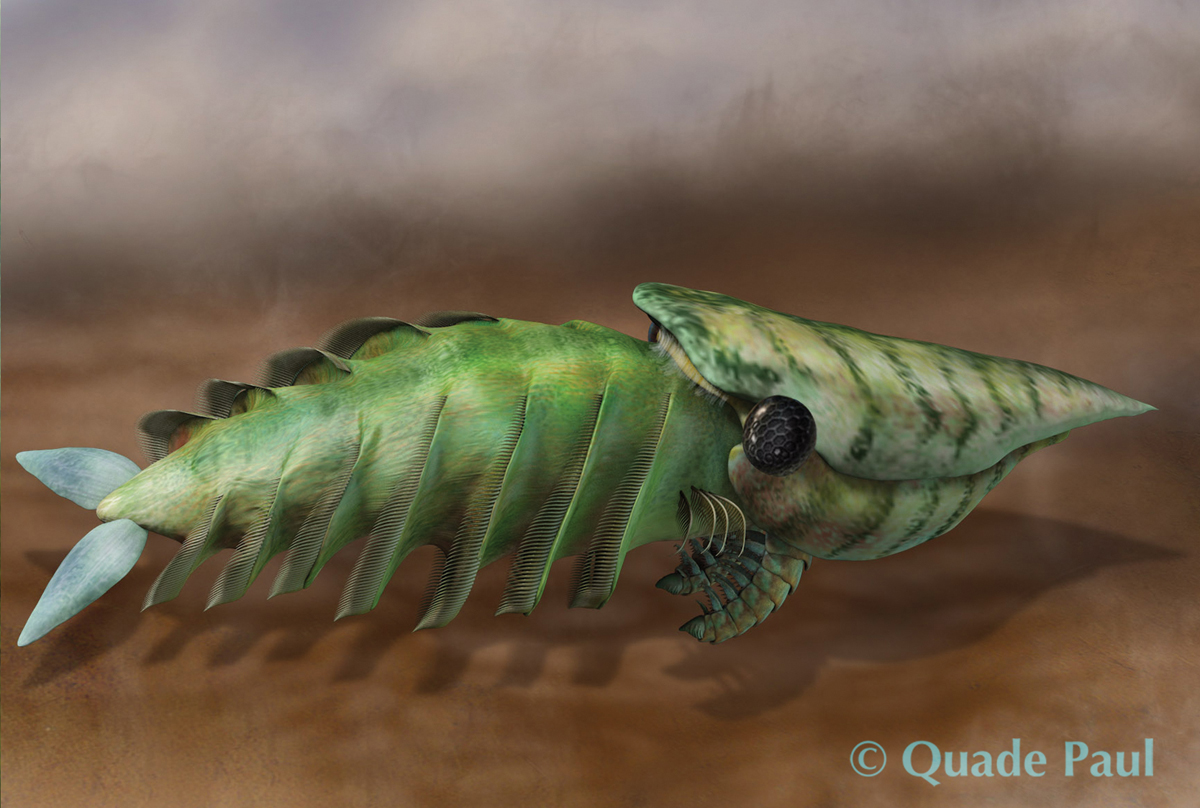
We’re all descended from sea sponges.
At one time, the squishy invertebrates constituted most of the animal life on Earth, but about half a billion years ago, something remarkable happened: an evolutionary explosion known as the Cambrian Period.
Rising oxygen levels in the ocean’s shallows and a morphing genome took animal evolution on a bizarre course, all in a period of 20 to 30 million years. The period marks the establishment of animals on Earth, said Jim Valentine, UC Berkeley professor emeritus of paleontology and paleobiology.
“The fauna has a very weird look to it,” Valentine said. “It looks like these things are from another planet. Some seem eerily familiar because they do belong to major categories of animals that are still with us.”
Some of the critters’ appearances are indeed strange, some border on terrifying, but others bear a strong resemblance to modern jellyfish or sea anemones. The wide swath of life that arose in the Cambrian Period is the subject of a new book by Valentine and Doug Erwin of the Smithsonian Institute, titled “The Cambrian Explosion: The Construction of Animal Biodiversity.”